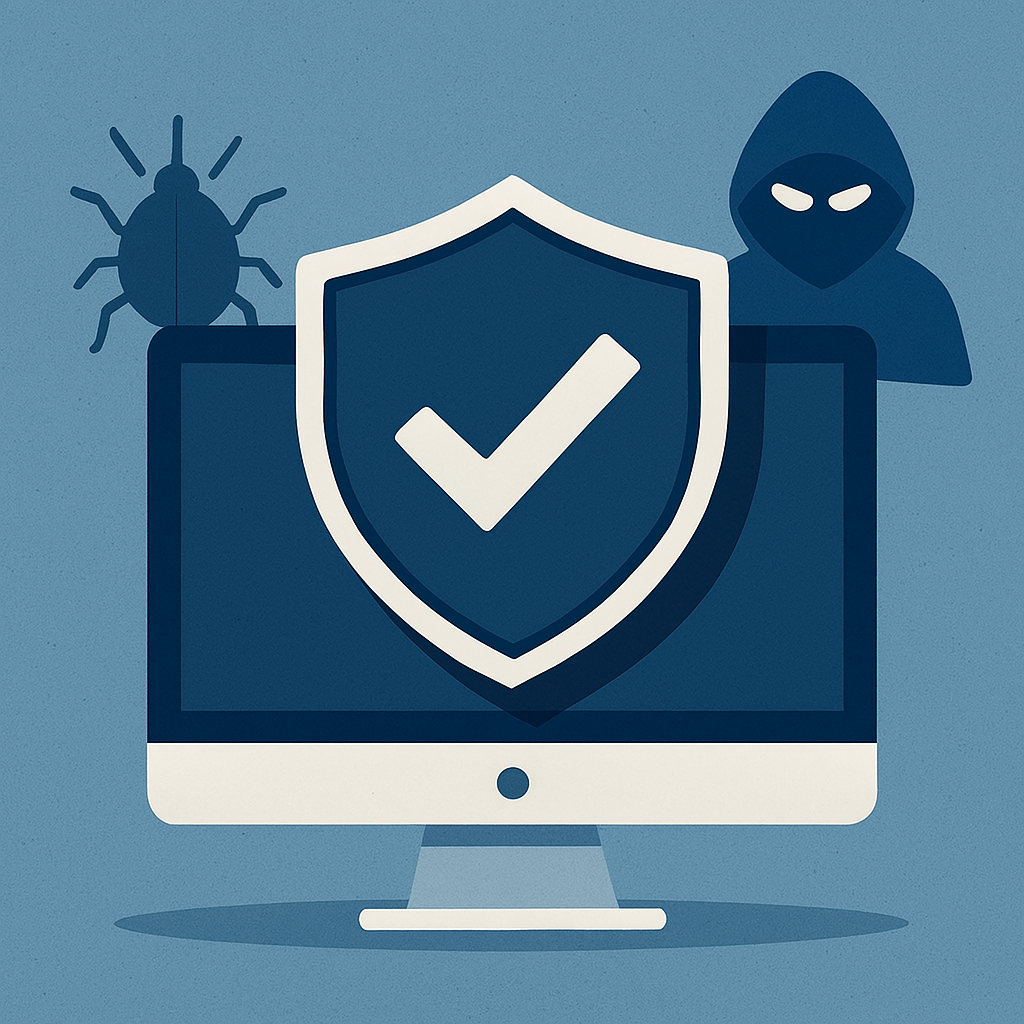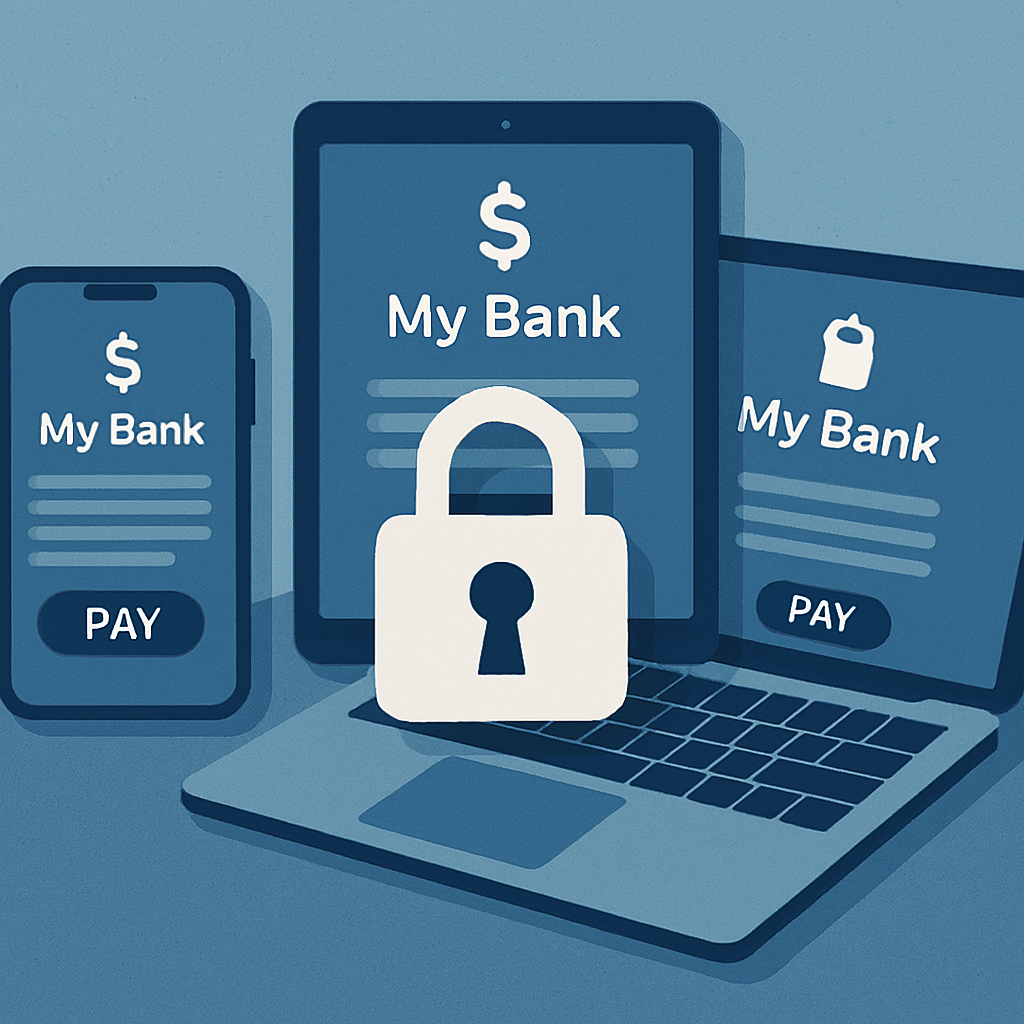Infiltrating a Mac OS X Operating System: Risks and Protection
Introduction
Many people believe that Apple devices are immune to cyber threats. While Mac computers are generally secure, infiltrating a Mac OS X operating system is not impossible. Cybercriminals continue to find new ways to bypass defenses, and users who underestimate these risks may leave their devices vulnerable. Understanding how infiltration attempts occur and what measures can be taken to prevent them is essential for anyone who values their data, privacy, and device security.
This article explores the concept of infiltrating a Mac OS X operating system, the most common attack methods, real-world risks, and practical strategies you can use to safeguard your system.
Why Cybercriminals Target Mac OS X
Although Windows devices have historically been the primary target of cyberattacks, the popularity of Mac computers has grown significantly. With more users storing sensitive financial and personal information, infiltrating a Mac OS X operating system has become more attractive to attackers.
Mac users are often less cautious because of the belief that their devices are impenetrable. Unfortunately, this false sense of security can make infiltration attempts even more effective.
Common Methods of Infiltrating a Mac OS X Operating System
1. Malware and Spyware
Hackers use malicious software disguised as legitimate applications. Once installed, these programs can infiltrate a Mac OS X operating system, monitor activity, and steal data.
2. Phishing Attacks
Cybercriminals frequently trick users into revealing login credentials or installing harmful files. Phishing emails or fake websites are among the most common entry points.
3. Exploiting Software Vulnerabilities
Outdated software can contain security flaws. Attackers exploit these weaknesses as a gateway to infiltrating a Mac OS X operating system.
4. Weak or Reused Passwords
Poor password hygiene makes infiltration easier. If attackers gain access through weak credentials, they can escalate privileges and control the system.
5. Malicious Downloads and Torrents
Unverified downloads are a major source of infection. Pirated software and unsafe torrents often carry hidden malware designed for infiltrating Mac systems.
Warning Signs of Infiltration
Detecting infiltration early can prevent more severe consequences. Signs that your Mac OS X operating system may be compromised include:
- Unusually slow performance
- Frequent crashes or system errors
- Unexpected pop-ups or new applications
- Suspicious activity in Activity Monitor
- Unauthorized changes to settings or files
Real-World Risks of System Infiltration
When infiltrating a Mac OS X operating system is successful, the consequences can be severe. Some of the most common risks include:
- Data Theft – Personal files, financial details, and login credentials may be stolen.
- Identity Fraud – Stolen data can be used for fraudulent transactions.
- Ransomware Attacks – Cybercriminals may encrypt your files and demand payment.
- System Manipulation – Hackers can take full control of the device.
- Business Disruption – For organizations, an infiltration can lead to downtime, reputational harm, and financial losses.
How to Protect Against Infiltration
Keep Software Updated
Regular updates ensure that vulnerabilities are patched, reducing the chances of infiltrating a Mac OS X operating system.
Use Strong Passwords
Always use unique, complex passwords and enable two-factor authentication wherever possible.
Install Reliable Security Tools
Anti-malware and firewall solutions provide an extra layer of defense against infiltration attempts.
Avoid Suspicious Links and Downloads
Be cautious with email attachments, pop-up links, and third-party downloads. Stick to trusted sources.
Enable FileVault Encryption
FileVault encrypts your hard drive, making it much harder for attackers to access your files even if they manage to infiltrate your Mac.
Backup Data Regularly
Having secure backups protects you against ransomware attacks and ensures you don’t lose important files.
The Role of User Awareness
Technology alone cannot prevent infiltrating a Mac OS X operating system. User behavior plays a critical role. Educating yourself about the latest threats, staying alert to warning signs, and practicing good cybersecurity habits will greatly reduce the risks.
Conclusion
Infiltrating a Mac OS X operating system is a growing concern as cybercriminals expand their focus beyond Windows environments. While Macs have strong security features, they are not invincible. Attackers exploit vulnerabilities, weak passwords, phishing scams, and unverified downloads to gain access.
The good news is that with proactive measures—such as regular updates, secure passwords, encryption, and safe browsing habits—you can dramatically reduce the likelihood of infiltration. Protecting your Mac means protecting your privacy, your data, and your digital identity.
By understanding the risks and reinforcing your defenses, you can enjoy the full potential of your Mac OS X system without falling victim to infiltration attempts.




Comments are closed